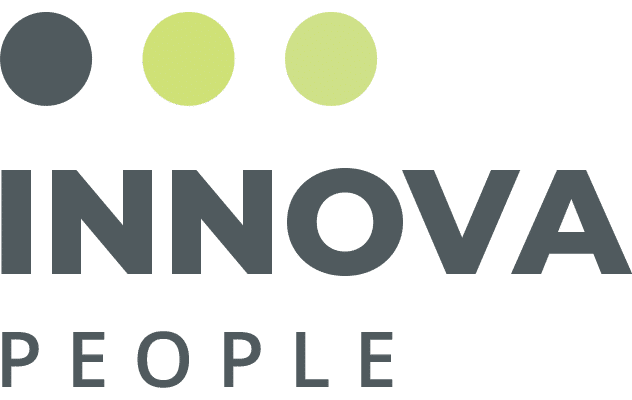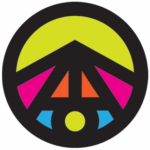You see a job posting and can’t help but start to wonder about the number of applicants, who your competition is, and how your skills stack up against them. Are there great high-paying jobs out there that don’t get flooded with a mountain of applicants? Have you chosen a highly competitive path?
Well, we’ve got some research for you—the Highest-Paying Job with the Most and Least Competition. The report used data from PayScale and identified roles with an average base salary of $75,000 or higher. To assess which positions tend to be more or less competitive, they used LinkedIn data to calculate the average number of applicants per opening.
The report found overall, the highest paying job with the least competition is an Assistant City Attorney (average wage: $76,028), with an average of 1.2 people applying for each position. The most competitive highest-paying job in the US is a Senior Vice President of Operations ($170,674), with 159 applicants per opening.
While the study is slightly flawed, it didn’t consider applicants outside of LinkedIn; it does offer a general sense of which roles might fall into that coveted sweet spot of “high-paying” and “least competitive”.
Working with an INNOVA recruiter, we can help position you for the right job with the right company. You can search for all of our openings here!
We pulled out some roles that seem to fall into that sweet spot from the report in healthcare, IT, and human resources.
Healthcare:
- Acute Care Nurse Practioner (Average salary: $103,010; Average applicants: 4.2)
- Family Nurse Practioner (Average salary: $96,092; Average applicants: 9.8)
- Pharmacist (Average salary: $115,311; Average applicants: 5.1)
IT:
- Technical Services Manager (Average salary: $78,820; Average applicants: 4.9)
- IT Consultant (Average salary: $118,563; Average applicants: 5.9)
- Lead Software Engineer (Average salary: $118,322; Average applicants: 7.2)
Human Resources:
- Compensation & Benefits Manager (Average salary: $88,056; Average applicants: 19)
- Compensation Director (Average salary: $88,321; Average applicants: 16.7)
- Human Resources Information Systems Manager (Average salary: $90,342; Average applicants: 18.4)



